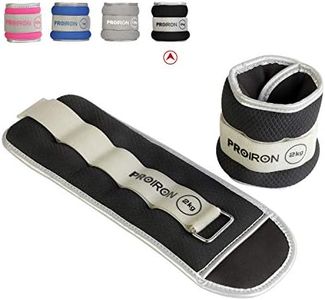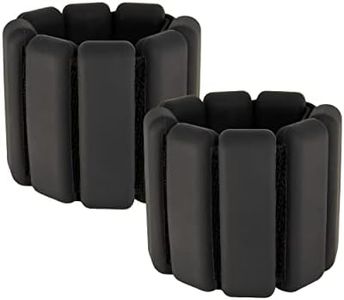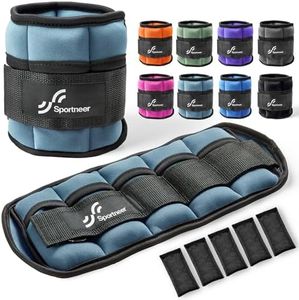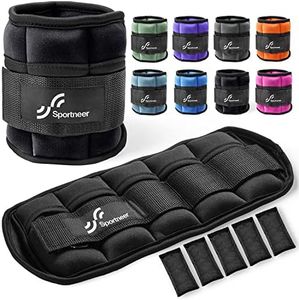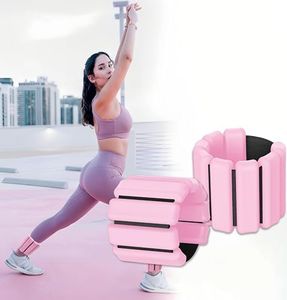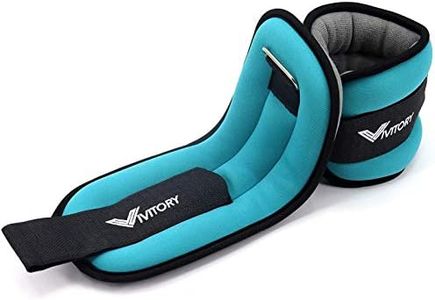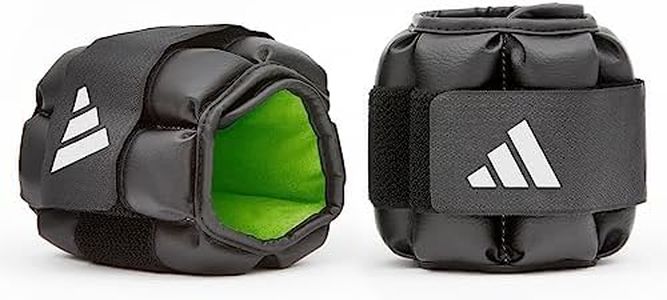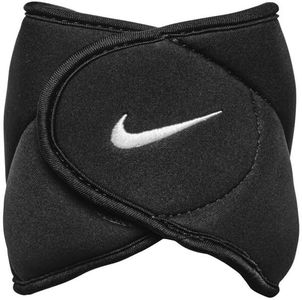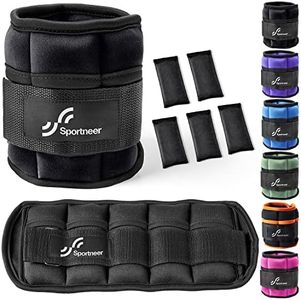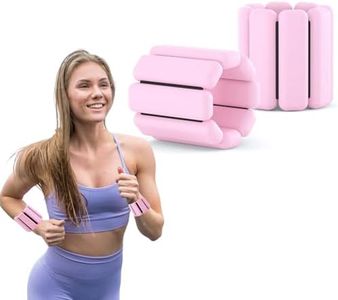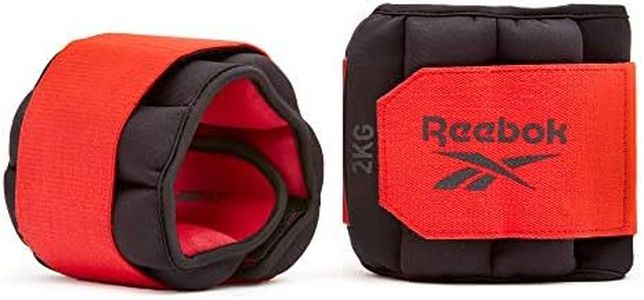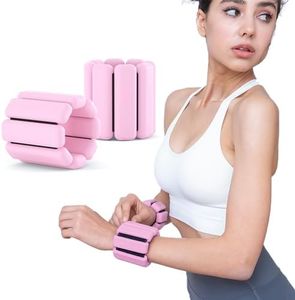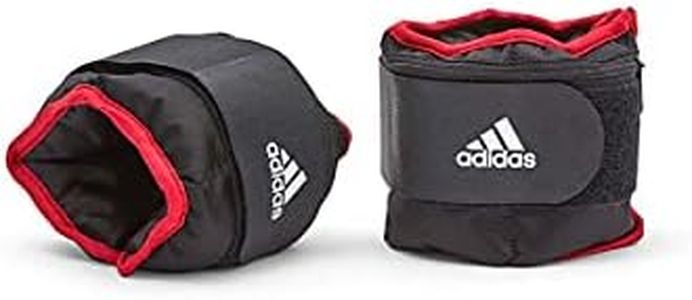We Use CookiesWe use cookies to enhance the security, performance,
functionality and for analytical and promotional activities. By continuing to browse this site you
are agreeing to our privacy policy
10 Best Ankle Weights
From leading brands and best sellers available on the web.Buying Guide for the Best Ankle Weights
Choosing the right ankle weights can greatly enhance your fitness routine, whether you’re walking, running, doing physical therapy, or adding resistance to strength exercises. The perfect pair should feel comfortable, help you meet your workout goals, and not put unnecessary strain on your joints. To make a good decision, think about how you plan to use them, your current fitness level, and the kind of activities you enjoy.Weight Per AnkleThis refers to how heavy each weight is when attached to your ankle. This is one of the most important things to consider because choosing a weight that’s too heavy can lead to poor form or even injury, while too light may not challenge you. Generally, weights range from as low as 0.5 pounds up to 10 pounds or more. For beginners or those rehabbing injuries, starting with lower weights (0.5–2 pounds) is safer. For those doing strength-focused or intense aerobic workouts, medium (3–5 pounds) may be more suitable. Advanced users or athletes may go heavier. Let your current strength, experience, and activity type be your guides—if you’re unsure, start small and go up as your body adapts.
AdjustabilityAdjustability means whether you can change the weight of each ankle weight. Some ankle weights come with removable inserts so you can add or remove weight as needed, while others are fixed at a single weight. Adjustable ankle weights are versatile because they let you increase resistance as you get stronger, or lower it for different exercises. If you want to use the same set for a variety of workouts, multiple people, or want them to grow with you, adjustable models are a good fit. If you have a specific need and will use the same weight every time, fixed weights are just fine.
Closure TypeThis refers to how the ankle weight stays attached to your leg. Most use Velcro straps, buckle systems, or elastic bands. The type of closure affects comfort, security, and how easy it is to put on and take off. Velcro is the most common—it’s easy and quick, but you want to make sure it’s strong and won’t come loose during movement. Buckles can be more secure but take longer to put on. Elastic is easiest but may not provide a snug fit. If you anticipate lots of movement, choose a secure closure. Testing for comfort and adjustability is important, especially for those with sensitive skin or joint concerns.
Material and ComfortMaterial can make a big difference in how comfortable and durable your ankle weights are. Common materials are neoprene, nylon, and soft fabrics that are padded to prevent chafing. Look for breathable, sweat-resistant fabrics if you plan to use them in hot conditions or for long periods. Comfort is especially important if you have sensitive skin or will wear the weights against bare skin. Try to find weights you can try on to ensure they don’t pinch or irritate your ankles—for anyone, but especially people using them for therapy or extended workouts, this is key.
Size and FitSize and fit refer to how well the ankle weights wrap around your ankles—not too tight or loose. A good fit keeps the weights from sliding or causing discomfort. Some models are ‘one size fits all’ while others come in multiple sizes, and the closure system also affects the fit. If you have very small or large ankles, look for brands that offer more precise sizing. Trying before buying, or checking measurements against your own ankles, will help ensure the weights are snug but not restrictive.
Ease of CleaningEase of cleaning means how simple it is to keep your ankle weights clean and fresh. Since you’ll sweat in them, choose weights with removable covers, washable materials, or water-resistant designs if hygiene is important to you. If you use them outdoors or in humid conditions, this becomes even more important. If frequent washing is likely, pick options that are machine-washable or have easy-to-wipe surfaces.

